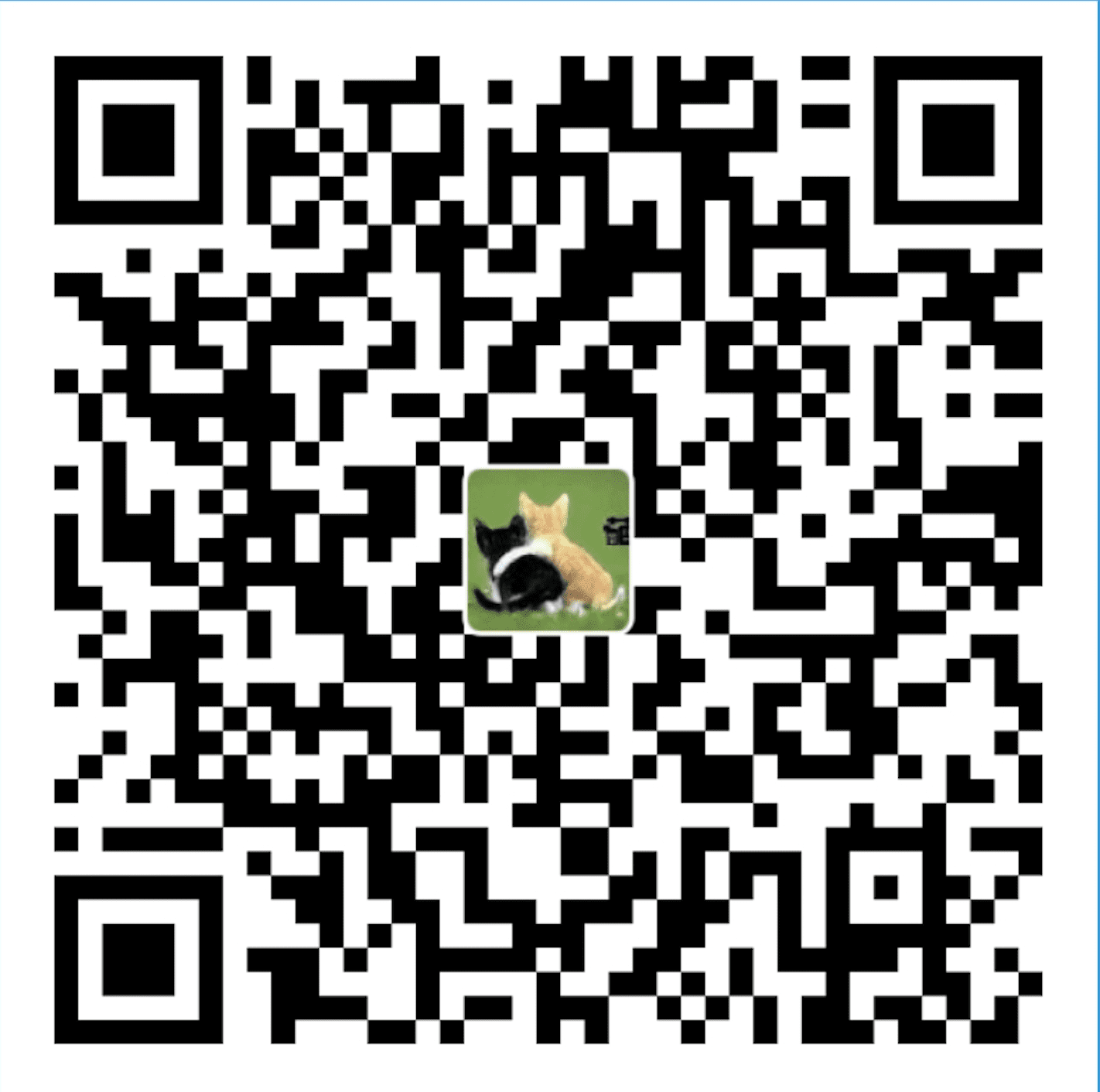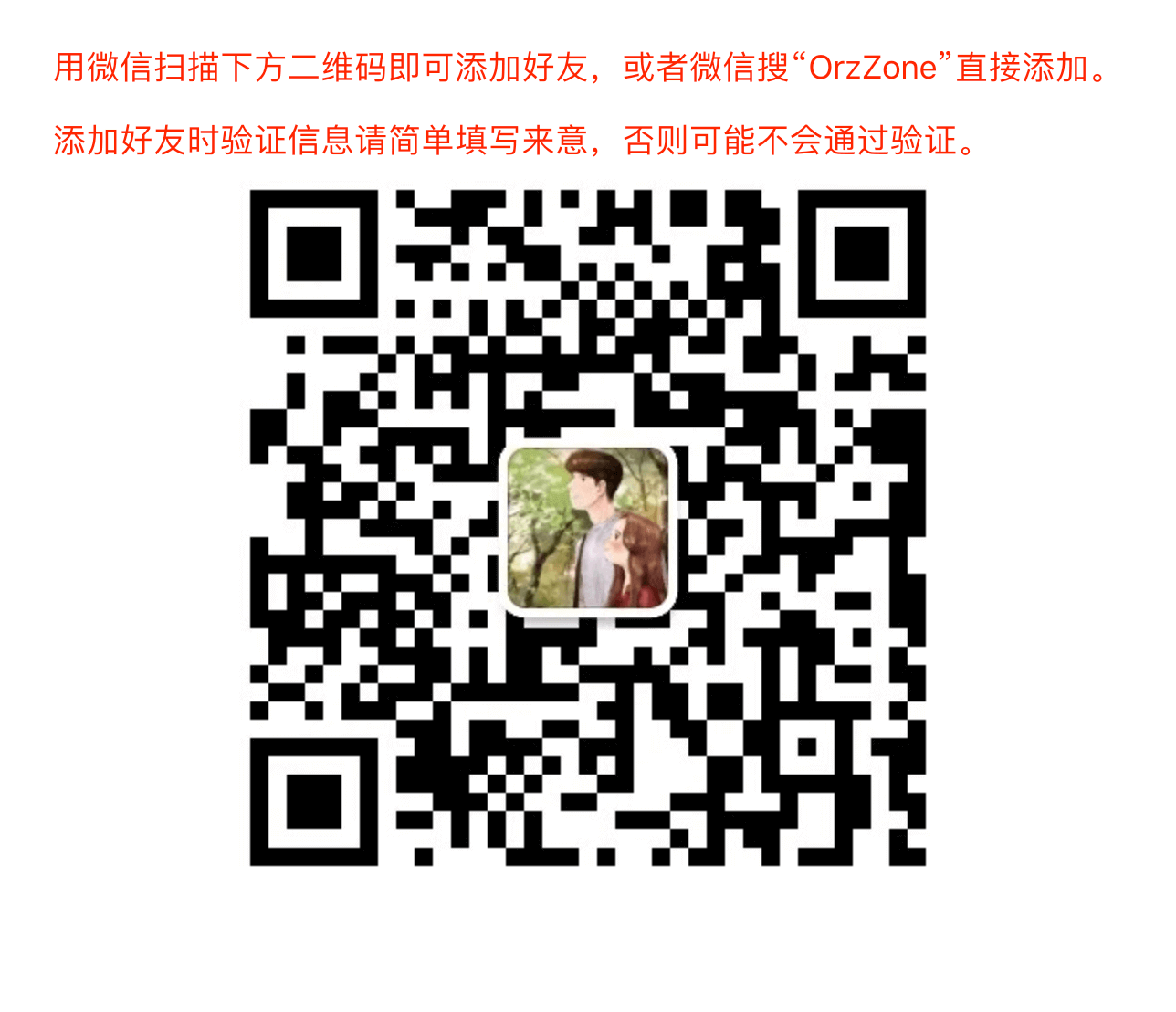目录
Presentations
Welcoming:
- Good morning and welcome to [name of company, name of conference, hotel, etc.]
- Thank you all very much for coming today.
- On behalf of _____, I would like to welcome you here.
Introducing yourself:
- My name is Mark Watson and I am responsible for …
- My name is Mark Watson from [name of company], where I am responsible for …
- Let me introduce myself. My name is Mark Watson and I am responsible for …
Introducing your presentation:
- The purpose of today’s presentation is …
- The purpose of my presentation today is …
- In today’s presentation, I would like to show you …
- Today, I would like to explain to you how …
Starting the presentation:
- To begin with …
- To start with …
- Let’s start by look at …
- I’d like to start by looking at …
Beginning a new section of the presentation:
- Now, let’s move on to …
- Now, let’s take a look at …
- Now, I’d like to move on to …
- Next, I’d like to take a look at …
- Moving on to the next part, I’d like to …
Referring to a previous point made:
- As I mentioned earlier …
- As we saw earlier …
- You may recall that we said …
- You may recall that I explained …
Concluding and summarizing the presentation:
- Well, that brings us to the end of the final section. Now, I’d like to summarize …
- That brings us to the end of the final section. Now, if I can just summarize the main points …
- That concludeds my presentation. Now if I can just summarize the main points.
- That’s an overview of it. Now, let’s quickly look at the main points again.
Finishing and thanking:
- Thank you for your attention.
- That brings the presentation to an end.
- That brings us to the end of my presentation.
- Finally, I’d like to finish by thanking you for your attention.
- I’d like to thank you all for coming today.
PPT used for making presentation:
QIN (A.K.A. CHIN) DYNASTY (221-206 BCE)
- Military dictatorship centralized China
- Emperor Shih Huang Ti
- Destroyed nobles’ feudal power
- System of taxation
- Established weights and measures
- Great Wall (1500 miles)
HAN DYNASTY (206-220 CE)
- Conquerors
- Empire – central Asia to China Sea, Indochina to Korea
- Trade
- Chinese fruits, silks, and spices in Rome (1st century CE)
- Buddhism came from India
- Civil service system
- First paper made
TANG DYNASTY (618-906 CE)
- 400 years of warfare between Han and Tang dynasties
- Tang reunited China
- T’ai Tsung
- Emperor in 627 CE
- Education and government reforms
- Extended boundaries
- Alliances and peace treaties with neighbors
- Industry and trade
- Jade porcelain, and silks to Arabia, India, Japan, and Persia
P.S.: 上课时间已经不记得了。
以上,Yakima Teng,2015年6月2日于浙江东阳横店。


